Brighton Pride has changed and grown over the years, but its message remains clear and singular – Brighton celebrates its LGBTQIA+ community, and is loud and proud about it.
Brighton has always been one of the most creative and colourful towns in the country, with a cultural identity that not only champions diversity, but loves to come together for a big party.
With no expense spared in bringing its message to the public realm, you could be forgiven for thinking Brighton Pride has always been a large-scale affair. But like any movement, it has grown from humble, brave, and ambitious beginnings.
Read more: The ultimate guide to the LGBTQ+ scene in Brighton
Brighton Pride 1973: A Movement is Born
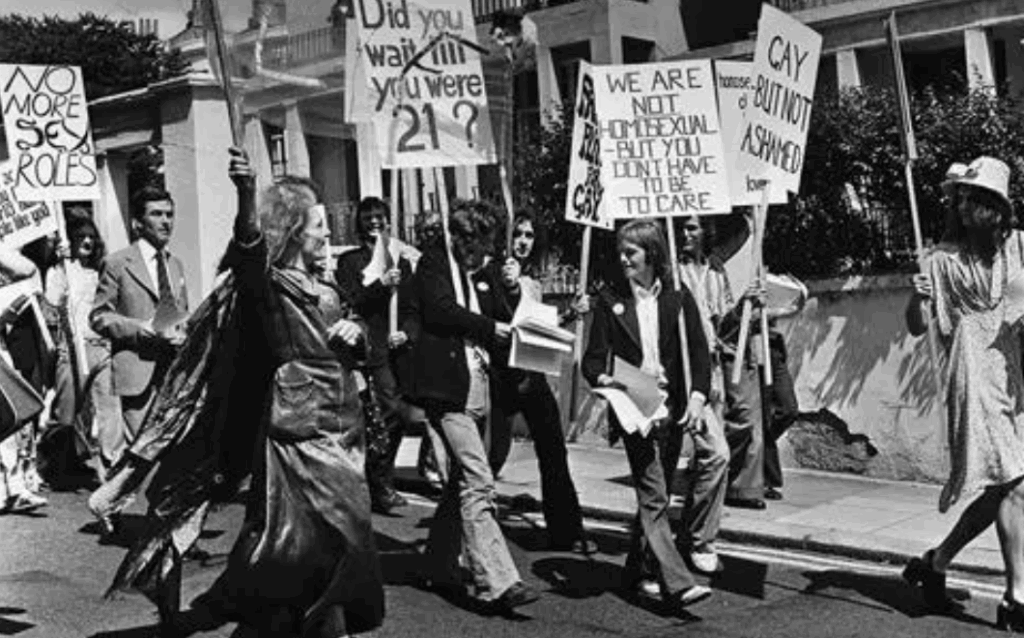
Image: Argus Photographic Archive
Each year, Brighton Pride evolves and expands in its efforts to bring a defiant message of inclusivity and celebration to the masses. As such, the festival is always performed and attended by a community of people who feel safe and adored.
However, with all the fanfare that comes with a festival such as this, it is important to remember that the Pride we know today wouldn’t be possible without the courageous efforts of those who started it, all the way back in 1973.
The cultural climate in 1973 was a challenging one for the LGBTQIA+ community. Only six years prior to Brighton Pride’s inception, The Sexual Offences Act of 1967 decriminalised being gay in England. Before the act was passed, being openly gay would often mean a jail sentence for those caught.
But the passing of the act did not mean that the LGBTQIA+ community was safe from persecution and there was still a lot to fight for. The law change did not come into effect in Scotland until 1980 and Northern Ireland until 1982. This meant that the 1970s was a time of resistance and protest for marginalised communities, who fought tirelessly for equal rights.
The first Brighton Pride, organised in 1973 by the Sussex Gay Liberation Front, was a small-scale affair (culminating in a Gay Dance at the Royal Albion Hotel), but it made a big impact.
1991: Brighton Pride Returns
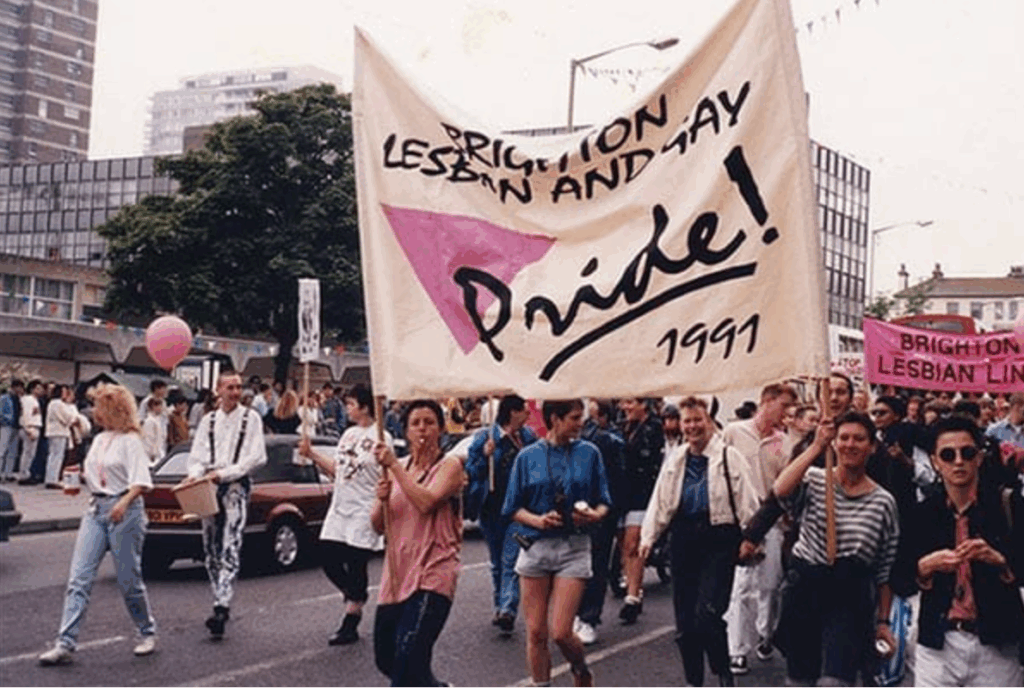
Image: Brighton Pride
After nearly twenty years without a Pride march, a sense of revolution returned to the streets of Brighton in 1991 as the then-conservative government passed national laws banning the “promotion” of homosexuality. These draconian laws only further served to suppress and undermine the rights of LGBTQIA+ people across the country. Brighton stood up and demanded change once again.
Like in 1973, the festival in 1991 was small but ambitious, with Pride events taking place around the town over the May bank holiday, culminating in a picnic on Preston Park.
Over the following three years, the event grew in stature, but instead of the party-centric focus which has become synonymous with contemporary iterations of the festival, Pride predominantly centred around peaceful marches protesting the government’s detestable policies.
1995: Protest and Party Pride
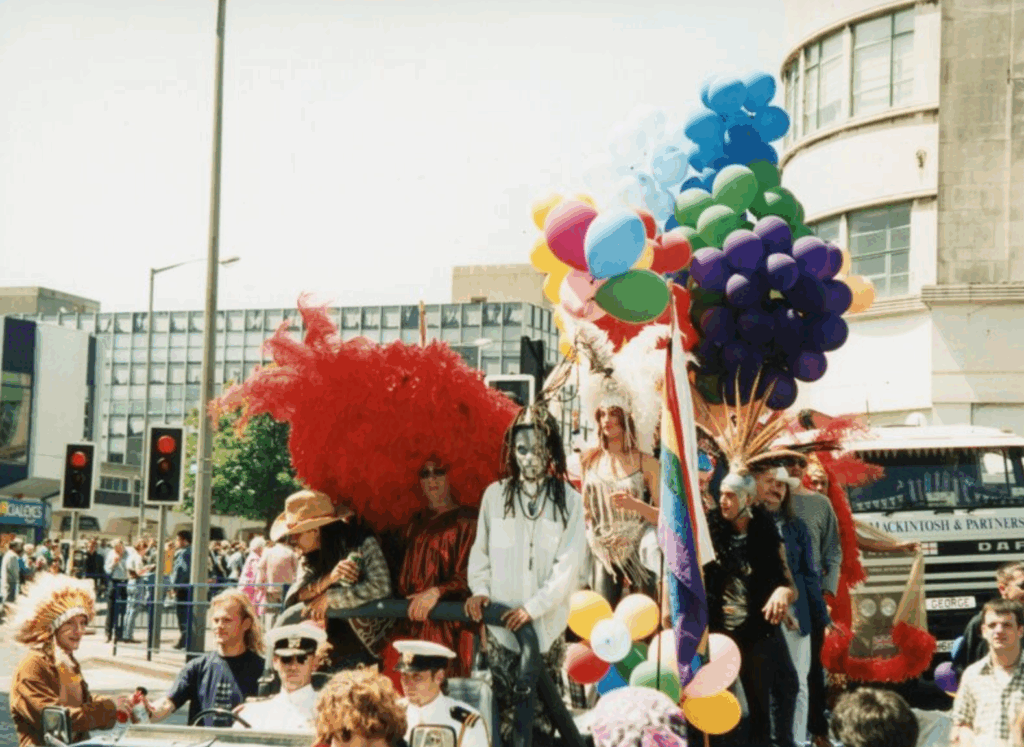
Image: Queer Heritage South
In 1995, Brighton Pride’s message remained as defiant as ever, but its focus shifted subtly from peaceful protest to celebration with the start of the now-famous ‘Party Prides’.
In an effort to raise more financial backing for the festival, organisers began to entice local business owners into seeing Brighton Pride as a celebratory, community-led project, and whilst still maintaining its passionate voice, the festival began its transformation into the carnival that we associate it with today.
1997: From May To August
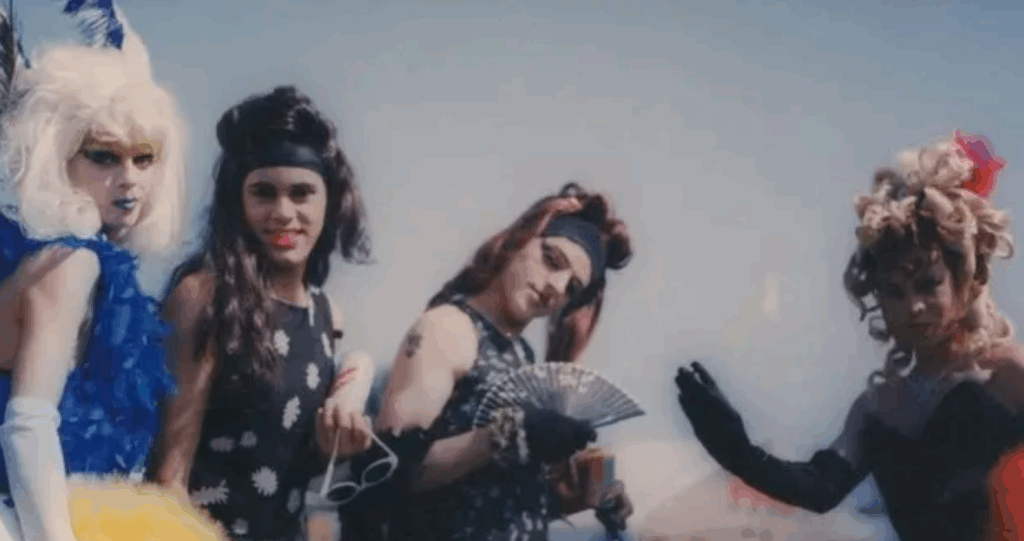
Image: Kate Wildblood
Until 1997, Brighton Pride had always been organised over the May bank holiday weekend. However, in 1997, organisers moved the event to August. The move caused some upset at first, but with the weather so interchangeable in May, many felt the August sunshine would mean the festival could be enjoyed the way it ought to be.
With Pride events running nationally from June to August, Brighton Pride is now seen by many as the closing ceremony of a nationwide celebration.
2004-2012: Financial Difficulties and Charitable Status
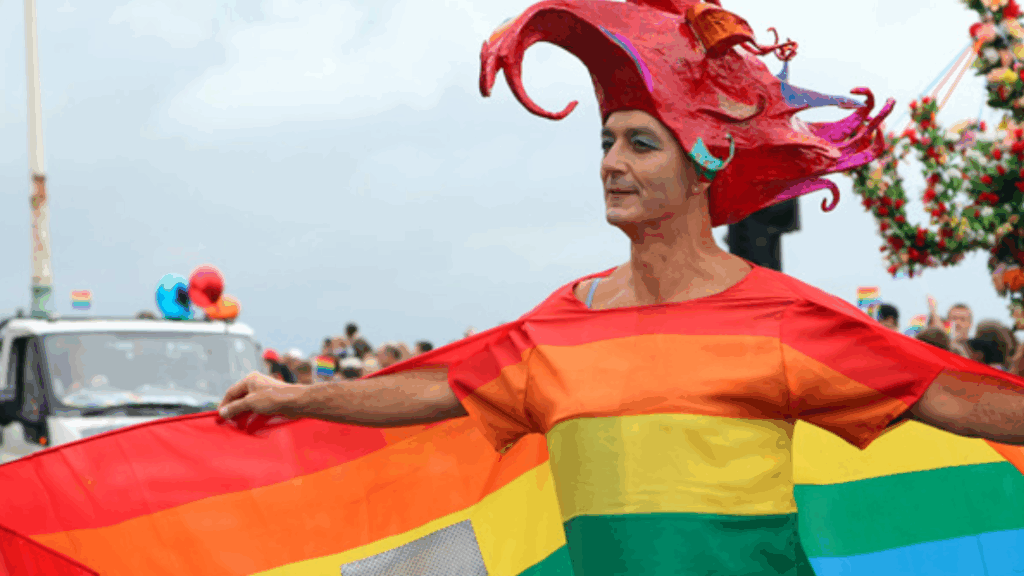
Image: Brighton Pride
As Brighton Pride grew, so did the financial demand faced by organisers of the festival. With large crowds gathering, and celebrity appearances becoming the norm, the need for more financial help became imperative to the festival’s survival.
In 2004, Brighton Pride was awarded charitable status, but this did not stop the festival’s very existence being threatened by financial difficulties. In 2011, the festival controversially implemented a charge for ticketed entry, but Brighton Pride Management still ran over budget by an estimated £200k and subsequently went bankrupt.
However, 2012 saw a new management team take over the reins and, with the support of local LGBT community groups, managed to raise over £110k, ensuring the festival could once again go ahead.
2012’s Brighton Pride was bigger and better than ever before, with local legends Fatboy Slim and The Freemasons performing to thousands of spectators.
2012-2025: A Cultural Phenomenon
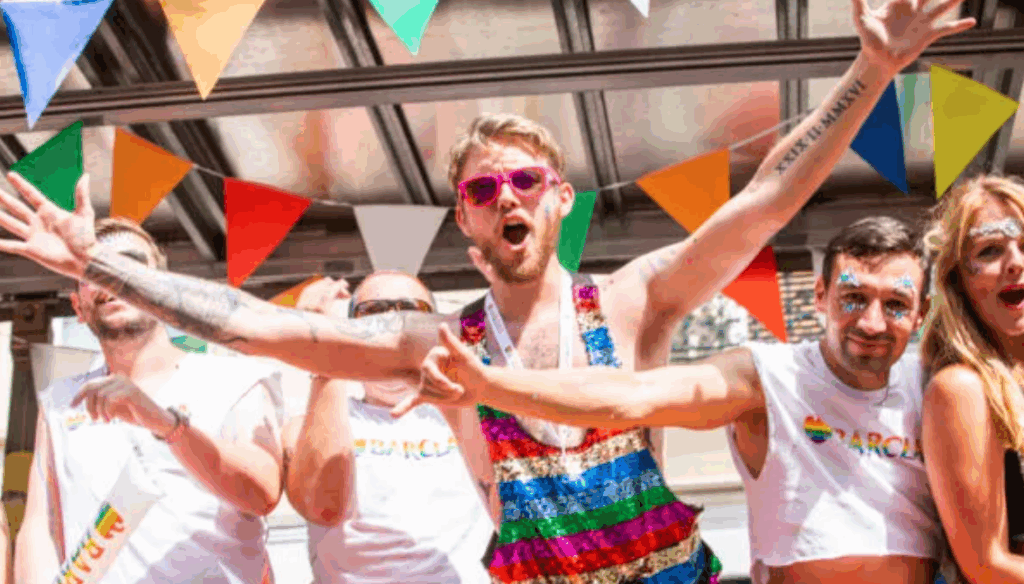
Image: Brighton Pride
2012 saw a new era of prosperity begin for Brighton Pride as the festival went from strength to strength. Subsequent years saw superstars such as Britney Spears, Kylie Minogue, and the Pussycat Dolls all gracing the main stage at Preston Park.
In 2020, due to Covid 19, the festival was sadly postponed for two years as the town recovered from the pandemic. Mariah Carey was due to headline in 2020, with many heartbroken that the global icon would not perform at Brighton Pride. However, organisers have booked Carey to headline the 2025 festival, so the disappointment has been (relatively) short-lived.
2025’s Brighton Pride promises to be as spectacular and vibrant as ever, but its spirit of defiant protest lives on, and with a recent Supreme Court ruling further marginalising trans rights in the UK, Pride’s message of community-led resistance is as urgent and potent as ever.
Website: Brighton & Hove Pride
